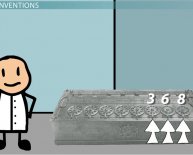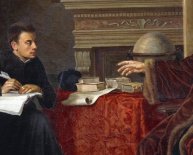Galileo contributions to Physics
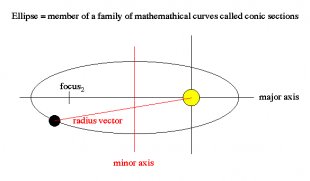
Towards a new world Model
From Galileo to Newton: Physics Emerges
Newton's Many Accomplishments
| BACKGROUND & TIMES |
| 1. By the time Isaac Newton entered college, the scientific revolution of the 17th century was well underway.
2. Men like Copernicus, Kepler, Galileo, and Descartes had all helped develop a new view of nature.
3. When Newton went to Cambridge, everyone was still studying the old nature.
4. Newton studied it toobut in his notebook he had written: "Amicus Plato; amicus Aristoteles; magus amica veritas." "Plato is my friend, Aristotle is my friend, but my best friend is truth."
|
|

| THE PERSON |
| 1. Isaac Newton was born on Christmas Day, 1642, the same year Galileo died.
2. He did much of his greatest work during a two year period from 1665 to 1667 when he was at the village of Woolsworth to escape the Great Plague which was ravishing London.
3. His life was troubled by angry conflicts and bitter feuds with colleagues and friends.
4. Twice these feuds led to breakdowns; other times they led to bursts of brilliant new achievements.
5. He died in 1727, at the age of 85. Years later it was discovered that much of his erratic behavior may have been caused by mercury poisoning. Recent samples of his hair showed he had forty times the level of mercury considered normal.
|
|

| ACCOMPLISHMENTS |
| 1. Newton discovered the origin of color.
2. He discovered the nature of gravity.
3. He invented calculus.
4. He invented the first reflecting telescope.
5. He wrote and published the book Mathematica Principia, which provided a detailed explanation of the laws of gravity and motion, particularly as they applied to astronomy.
6. He was knighted as Sir Isaac Newton and became president of the Royal Society, a post he held until his death.
|
|
| UNIQUE INFLUENCE |
| 1. He was one of the most creative geniuses the world has ever seen and to many people the greatest scientist who ever lived.
2. While Galileo's discoveries brought humankind to the brink of a new age, Newton took it the rest of the way.
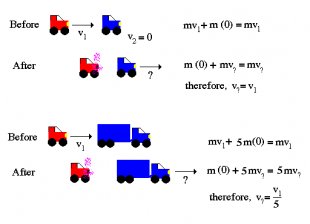 3. He unified the work of Copernicus, Galileo, and Kepler into one scientific theory that has stood the test of time. 3. He unified the work of Copernicus, Galileo, and Kepler into one scientific theory that has stood the test of time.
4. Principia Mathematica is still considered by many to be the greatest scientific book ever written. It is the fundamental work for all of modern science.
5. Newton was the integrator, the unifier, the organizer, of all the scientific knowledge available at the time. He established a solid platform on which all modern science could be built.
|
|
Galileo's laws of Motion:
 Aside from his numerous inventions, Galileo also laid down the first accurate laws of motion for masses. Galileo measured that all bodies accelerate at the same rate regardless of their size or mass.
Aside from his numerous inventions, Galileo also laid down the first accurate laws of motion for masses. Galileo measured that all bodies accelerate at the same rate regardless of their size or mass.
Key among his investigations are:
- determined that the natural state of an object is rest or uniform motion, i.e. objects always have a velocity, sometimes that velocity has a magnitude of zero = rest.
Kepler's laws of Planetary Motion:
Kepler developed, using Tycho Brahe's observations , the first kinematic description of orbits, Newton will develop a dynamic description that involves the underlying influence (gravity)
- 1st law (law of elliptic orbits): Each planet moves in an elliptical orbit with the Sun at one focus.
- Ellipses that are highly flattened have high eccentricity. Ellipses that are close to a circle have low eccentricity.
- 2nd law (law of equal areas): a line connection the Sun and a planet (called the radius vector) sweeps out equal areas in equal times
Source: zebu.uoregon.edu
Share this article
Related Posts
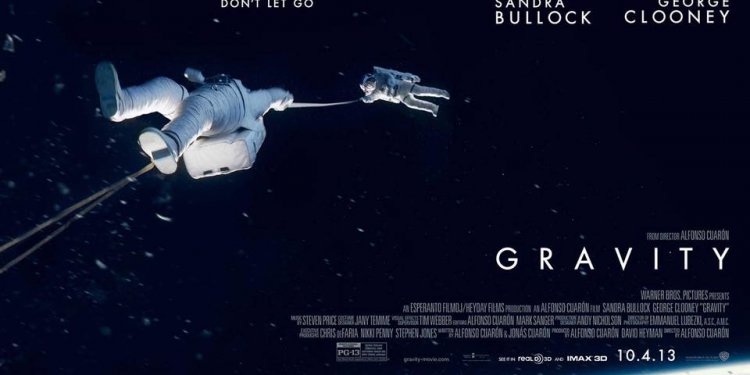



 Aside from his numerous inventions, Galileo also laid down the first accurate laws of motion for masses. Galileo measured that all bodies accelerate at the same rate regardless of their size or mass.
Aside from his numerous inventions, Galileo also laid down the first accurate laws of motion for masses. Galileo measured that all bodies accelerate at the same rate regardless of their size or mass.
 3. He unified the work of Copernicus, Galileo, and Kepler into one scientific theory that has stood the test of time.
3. He unified the work of Copernicus, Galileo, and Kepler into one scientific theory that has stood the test of time.